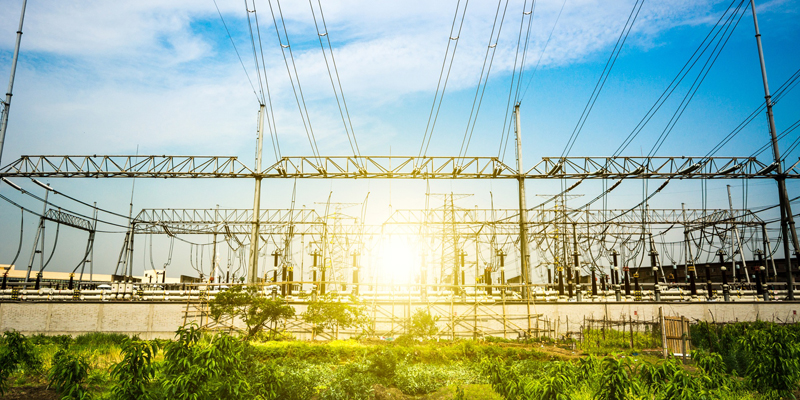Schedule a Call Back
Sun-powered success
 Articles
Articles- Sep 28,24

Related Stories

We see strong progress in India’s solar manufacturing landscape: Gautam Mohanka
In this interview with Rakesh Rao, Gautam Mohanka, CEO, Gautam Solar, elaborates on gaps in the India’s solar manufacturing value chain and how his company is aiding the growth of the solar energy..
Read more
EPTA calls for planned withdrawal of inter-state transmission system waiver
Renewable energy, Electric Power Transmission Association, transmission companies, Inter-State Transmission System, ISTS waiver, power projects, G P Upadhyaya
Read more
India is more than ready to invest in next-gen manufacturing: Raman Bhatia
In this interview with Rakesh Rao, Raman Bhatia, Founder & MD, Servotech Renewable Power System Ltd, explores the evolutionary journey of Indian renewable energy sector.
Read moreRelated Products

Geared Electric Motors
Delco Fans Pvt Ltd offers single phase capacitor run and three
phase geared Instrument motors, totally enclosed face/foot mounted.

“Kusam-Keco” Partial Discharge Acoustic Imager - Model - Km-pdai
‘Kusam-Meco’ has introduced a new “Partial Discharge Acoustic Imager Model KM-PDAI.

78 Series Din Rail Terminal Blocks
Werner Electric Private Limited offers a wide range of 78 series din rail terminal blocks.














